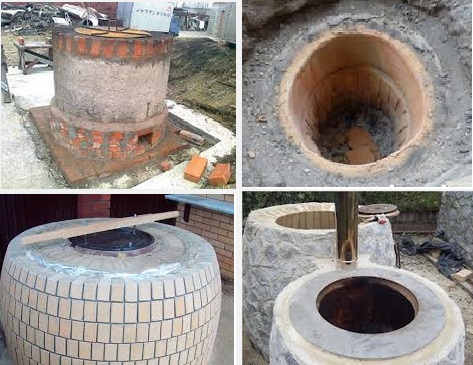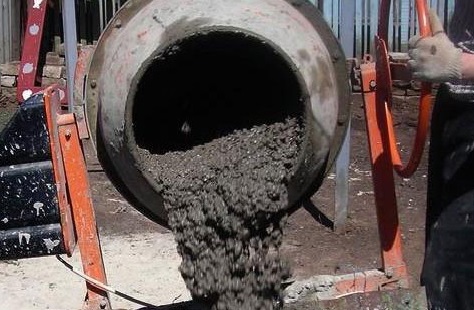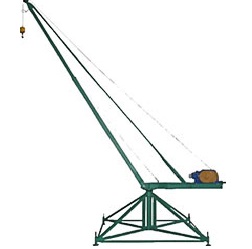To bleed air from your heating system, follow these instructions:
- Open the air release valve: Locate the air release valve, usually found at the height of the radiator or within the heating system.
- Set the key to the “open” position: Turn the air release key to the “open” position to allow the escape of air.
- Wait until air stops escaping: Wait until no more air is coming out of the system. You can usually hear a distinct sound when all the air has been expelled.
- Close the key: Once the air stops escaping, close the air release key.
Repeat this procedure for each radiator: If you have multiple radiators, repeat the process for each one to ensure that all air is expelled from the system.
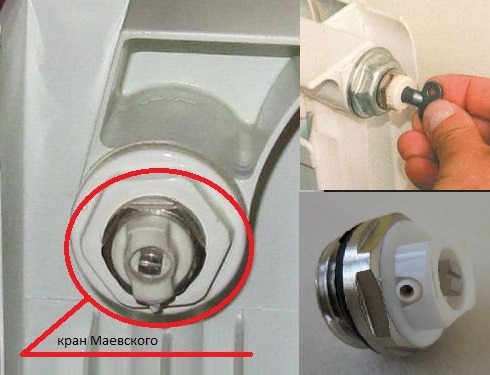
How Do You Know When All the Air Is Out of the Radiator?
There are several ways to determine when all the air has been expelled from the radiator:
- Sound: You can hear a characteristic noise of air escaping the radiator. When the noise stops, it’s an indication that the air has been expelled.
- Water level behavior: If you’re bleeding air from the radiator through a valve, water should start flowing from the radiator. When the water level reaches the valve, it’s a sign that all the air has been expelled.
These are the main ways to determine that all the air has been expelled from the radiator.
How Do Air Pockets Affect the Heating System?
Air pockets in the heating system can lead to various problems. Firstly, air pockets can reduce the efficiency of the heating system as they hinder the free flow of hot water. Secondly, they can increase the risk of contamination and corrosion inside the system, as air pockets can accumulate water and acidic substances.
To avoid problems associated with air pockets, it’s recommended to regularly bleed air from the heating system and check for the presence of air pockets. This can be done yourself or with the help of a professional specialist.
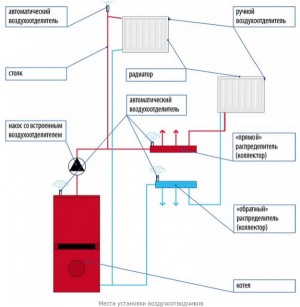
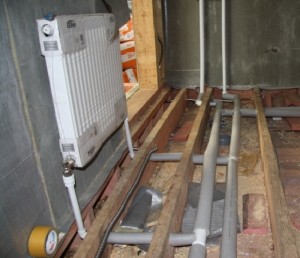
How to Prevent Air from Entering the Heating System?
To prevent air from entering the heating system, follow these recommendations:
- Ensure proper water filling of the system during installation: Carefully fill the system with water during installation to eliminate the possibility of air entering.
- Use valves with air traps: Using valves can help to exclude air from the system.
- Regularly check the water level: Regularly checking the water level in the system will help detect any changes related to air within the system.
- Maintain the system: Regular maintenance can help to exclude air from it and prevent its future occurrence. Your heating specialist can inspect the system, check the operation of valves and other components, and perform other necessary maintenance measures.
Remember, preventing air in the heating system is a crucial element for its efficient operation and can help maintain comfort in your home during cold winter days.
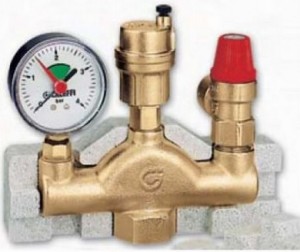
This unit should be installed in the heating system, consisting of a pressure gauge (to control pressure in a closed heating system), a release valve (which opens and releases pressure if it exceeds 3 atmospheres to prevent radiator burst), and an air release valve in the center.
If you’re unsure about how to properly bleed air from the heating system, it’s recommended to consult a professional specialist. Incorrect procedures can lead to system damage or even health hazards.

